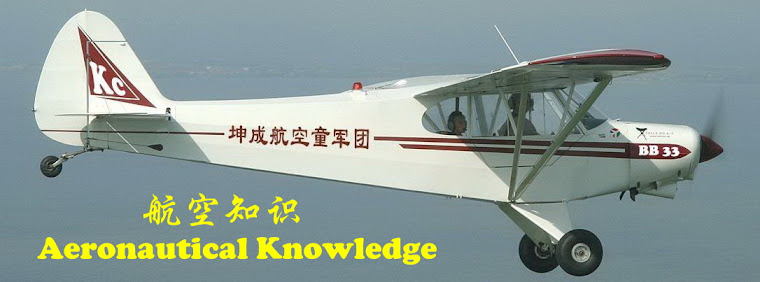



By Dan Reed, USA TODAY
The future of commercial aviation arrived Tuesday — albeit 28 months late — when Boeing's 787 Dreamliner took off from Paine Field in Everett, Wash., just before 10:30 a.m. on its maiden flight.
The Dreamliner, whose test flight was repeatedly postponed, won't enter commercial service until late next year at the earliest. And that's only if everything goes perfectly during what promises to be the most rigorous flight-testing and certification program in commercial aviation history.
The Dreamliner is the first commercial aircraft to be made mostly from composites rather than conventional aluminum and steel.
Aviation analyst Richard Aboulafia, of The Teal Group, says certification should take at least 12 months. Then, he says, Boeing must get production volumes up and "improve the plane so that it comes close to being the plane that it was promised to be." That, he says, "may take them 200 or so planes to do."
Another analyst, Jon Ostrower, who has tracked the 787's star-crossed development, says the six delays that pushed back the Dreamliner's first flight more than two years did produce a benefit: more opportunity to work out bugs in advanced systems on the plane that flew Tuesday.
"Now this is when the hard part really begins," he says. "Boeing has the opportunity to take what was the symbol of their struggles — this plane sitting on the ground — and give it the chance to prove itself. It allows Boeing to start on the road back to restoring their credibility."
Befitting its nickname, the Dreamliner is arguably the most anticipated new commercial plane.
At one point, Boeing had nearly 940 orders for 787s. But the delays and tough economic conditions caused airlines to cancel at least 83 orders this year alone. At present, airlines have more than 840 firm orders in place for 787s.
Airlines desire the 787 because it promises to cut the cost of flying long-range routes by 15% to 20%. Reduced weight, advanced design and more efficient engines from General Electric and Rolls-Royce make those savings possible over long distances, where the fuel savings can add up.
Consumers also are expected to benefit from the 787's wider and taller fuselage and its advanced environmental control systems, which Boeing officials claim will make the 787 the world's most comfortable plane.
The 787 offers passengers the prospect of more overhead baggage space. And it will have larger windows than current jetliners because the structural integrity of its hull won't be compromised by larger windows, as would be the case on conventional metal planes. Boeing also has added a nifty creature comfort to the larger windows: electric shades that roll up or down at the touch of a button.
The future of commercial aviation arrived Tuesday — albeit 28 months late — when Boeing's 787 Dreamliner took off from Paine Field in Everett, Wash., just before 10:30 a.m. on its maiden flight.
The Dreamliner, whose test flight was repeatedly postponed, won't enter commercial service until late next year at the earliest. And that's only if everything goes perfectly during what promises to be the most rigorous flight-testing and certification program in commercial aviation history.
The Dreamliner is the first commercial aircraft to be made mostly from composites rather than conventional aluminum and steel.
Aviation analyst Richard Aboulafia, of The Teal Group, says certification should take at least 12 months. Then, he says, Boeing must get production volumes up and "improve the plane so that it comes close to being the plane that it was promised to be." That, he says, "may take them 200 or so planes to do."
Another analyst, Jon Ostrower, who has tracked the 787's star-crossed development, says the six delays that pushed back the Dreamliner's first flight more than two years did produce a benefit: more opportunity to work out bugs in advanced systems on the plane that flew Tuesday.
"Now this is when the hard part really begins," he says. "Boeing has the opportunity to take what was the symbol of their struggles — this plane sitting on the ground — and give it the chance to prove itself. It allows Boeing to start on the road back to restoring their credibility."
Befitting its nickname, the Dreamliner is arguably the most anticipated new commercial plane.
At one point, Boeing had nearly 940 orders for 787s. But the delays and tough economic conditions caused airlines to cancel at least 83 orders this year alone. At present, airlines have more than 840 firm orders in place for 787s.
Airlines desire the 787 because it promises to cut the cost of flying long-range routes by 15% to 20%. Reduced weight, advanced design and more efficient engines from General Electric and Rolls-Royce make those savings possible over long distances, where the fuel savings can add up.
Consumers also are expected to benefit from the 787's wider and taller fuselage and its advanced environmental control systems, which Boeing officials claim will make the 787 the world's most comfortable plane.
The 787 offers passengers the prospect of more overhead baggage space. And it will have larger windows than current jetliners because the structural integrity of its hull won't be compromised by larger windows, as would be the case on conventional metal planes. Boeing also has added a nifty creature comfort to the larger windows: electric shades that roll up or down at the touch of a button.


